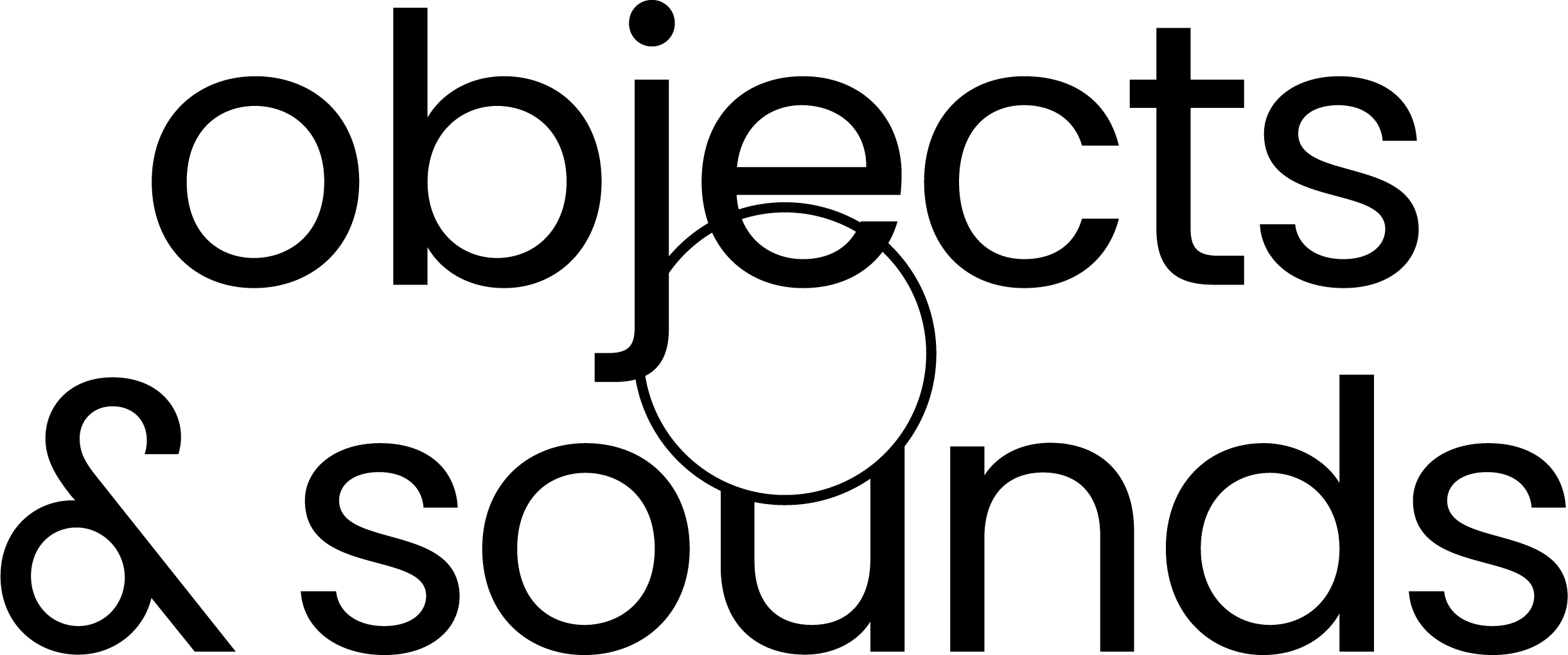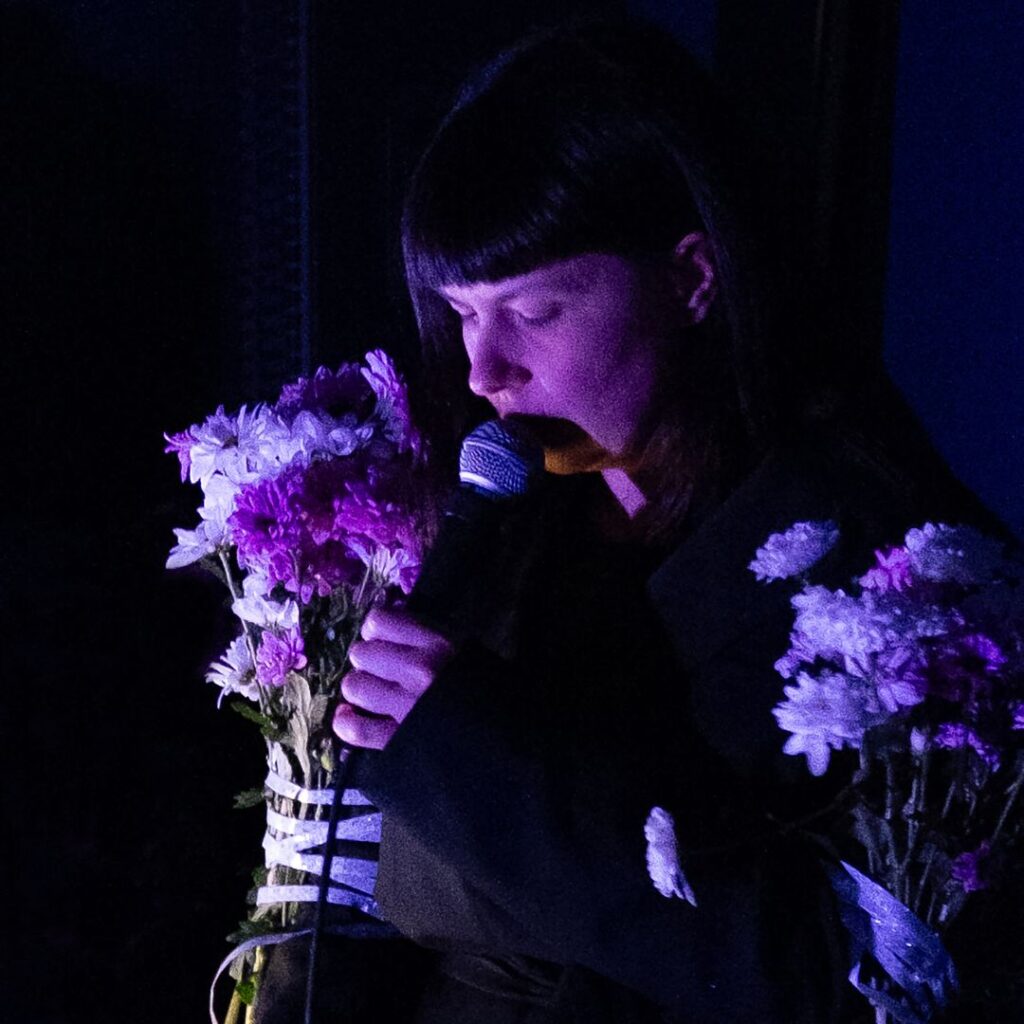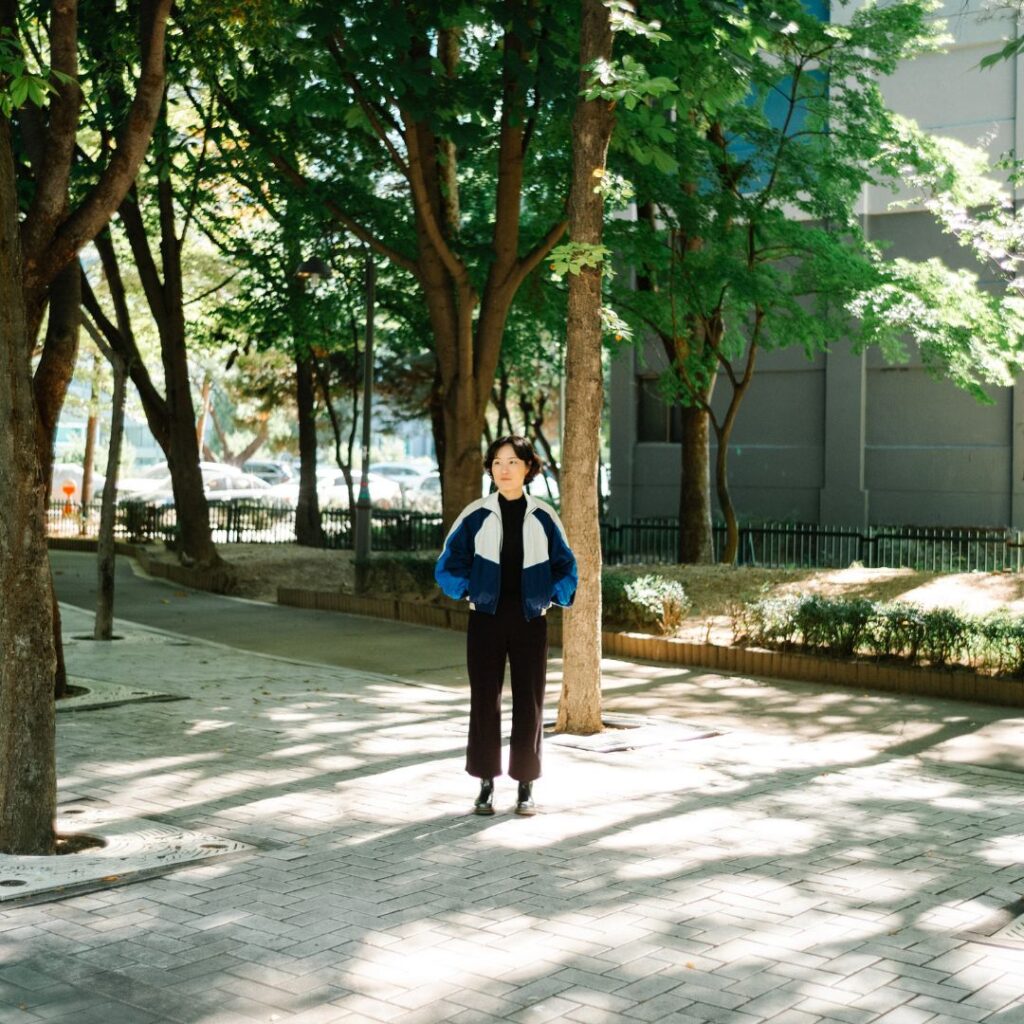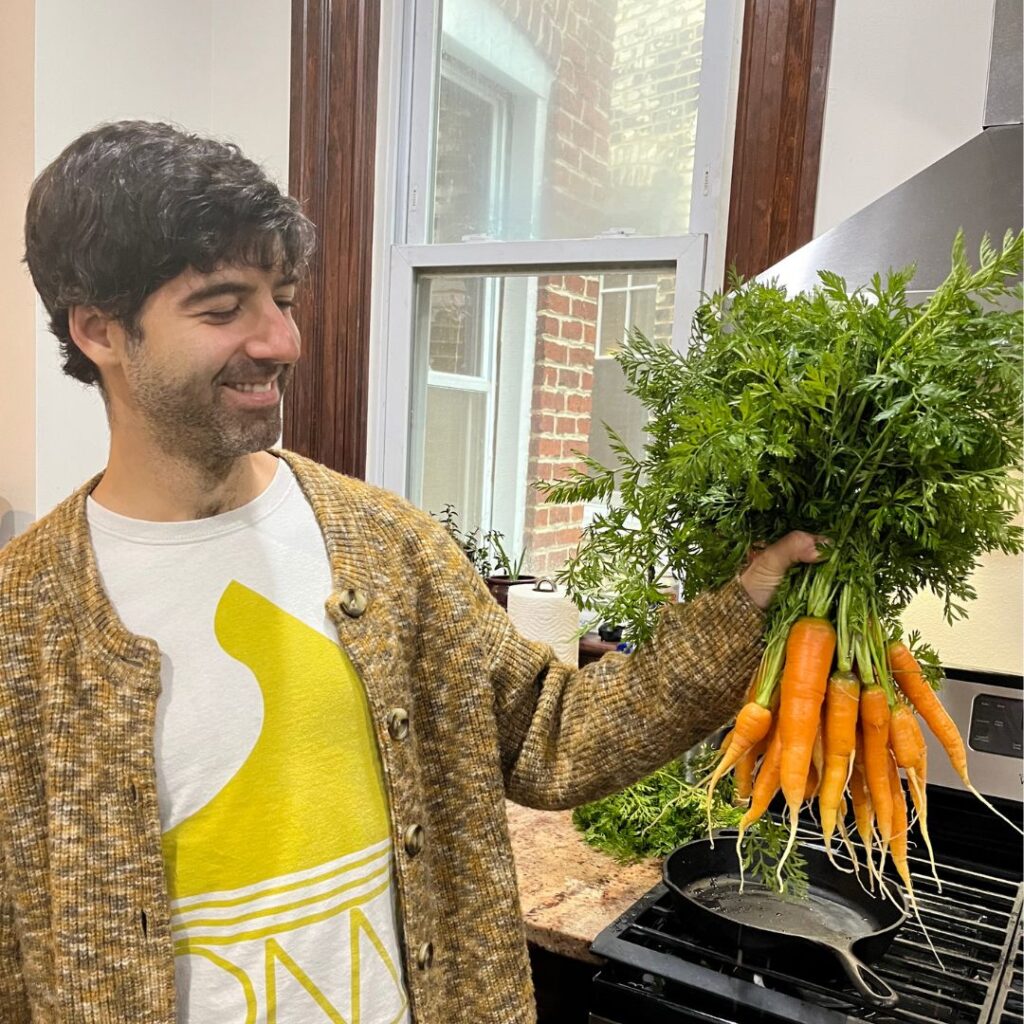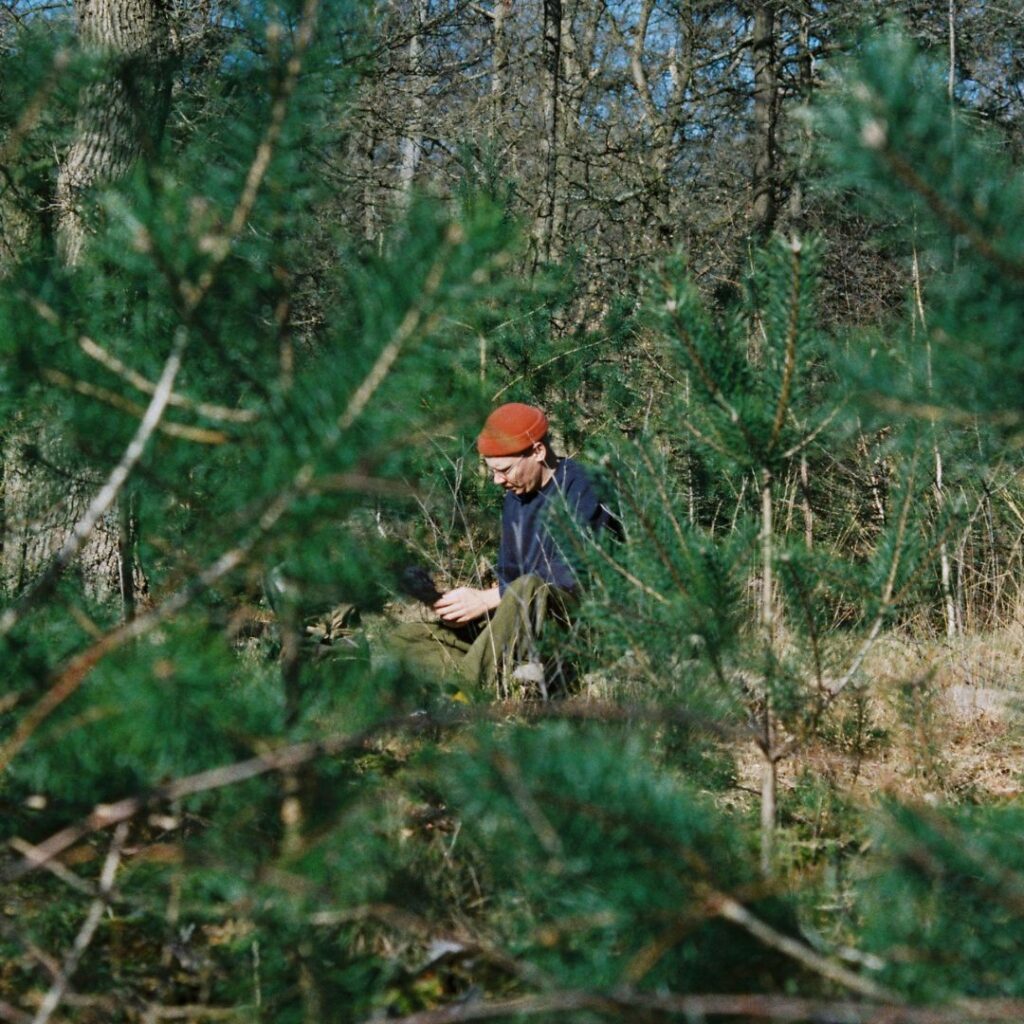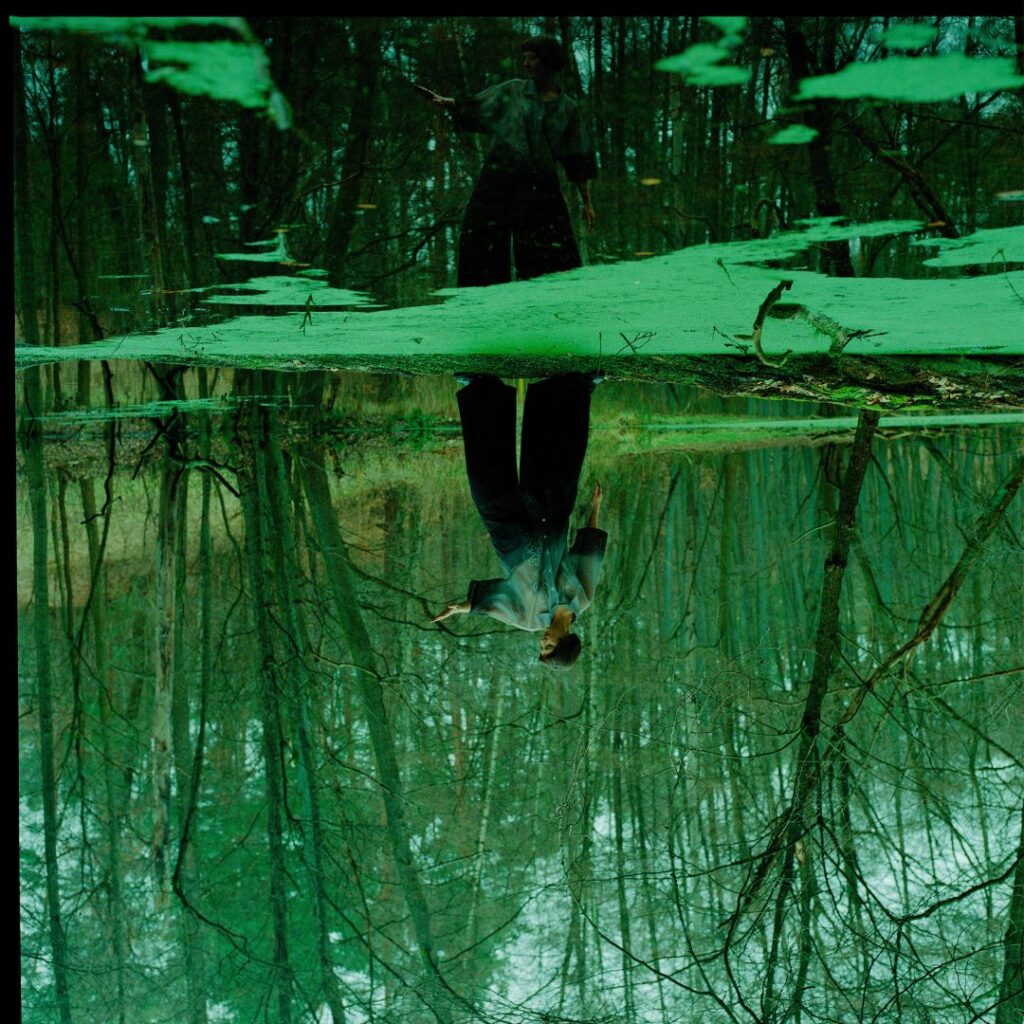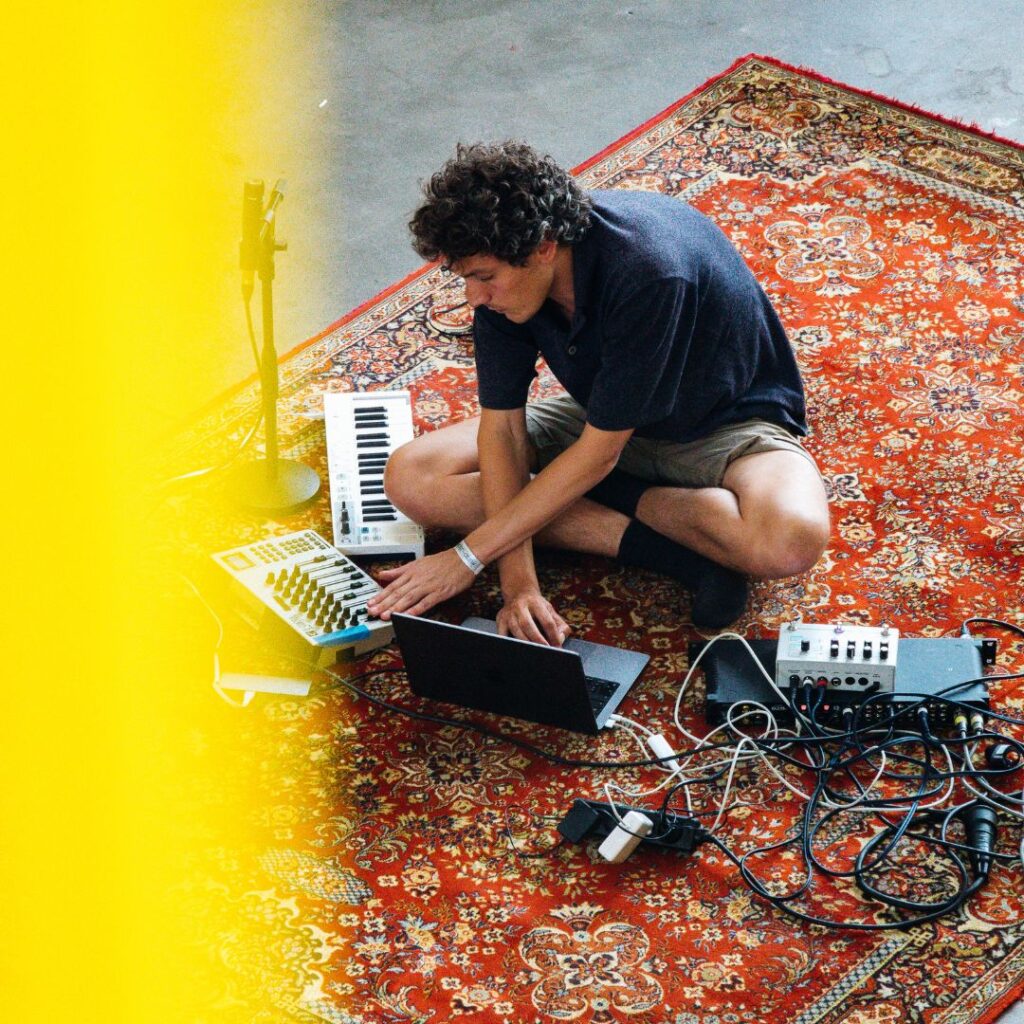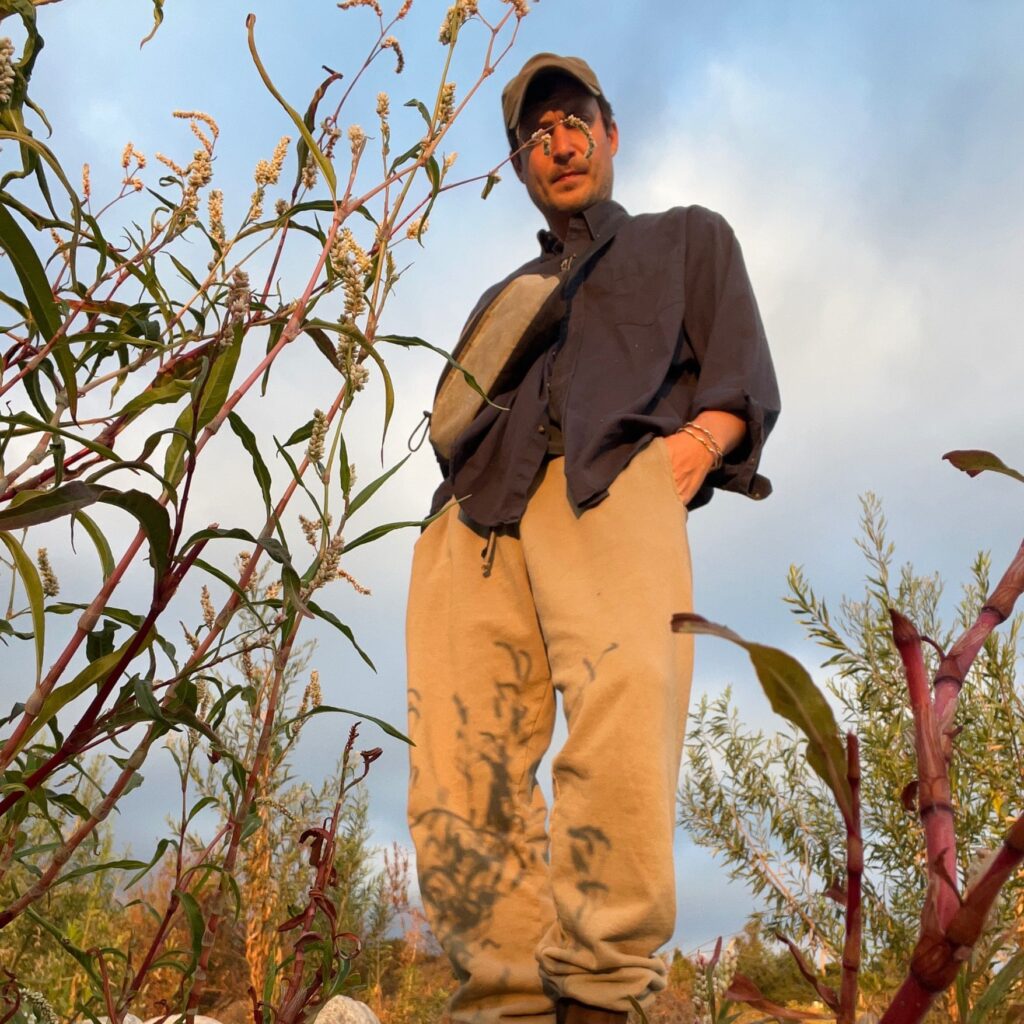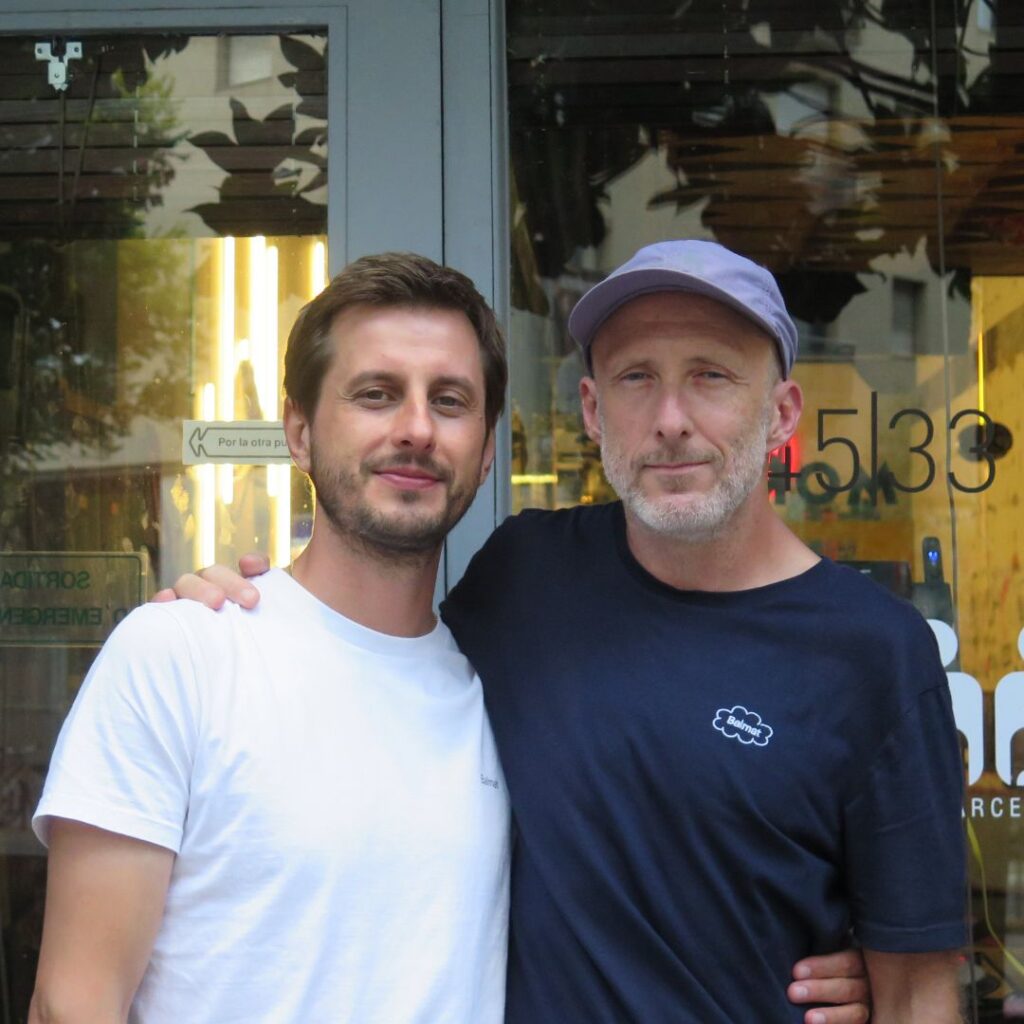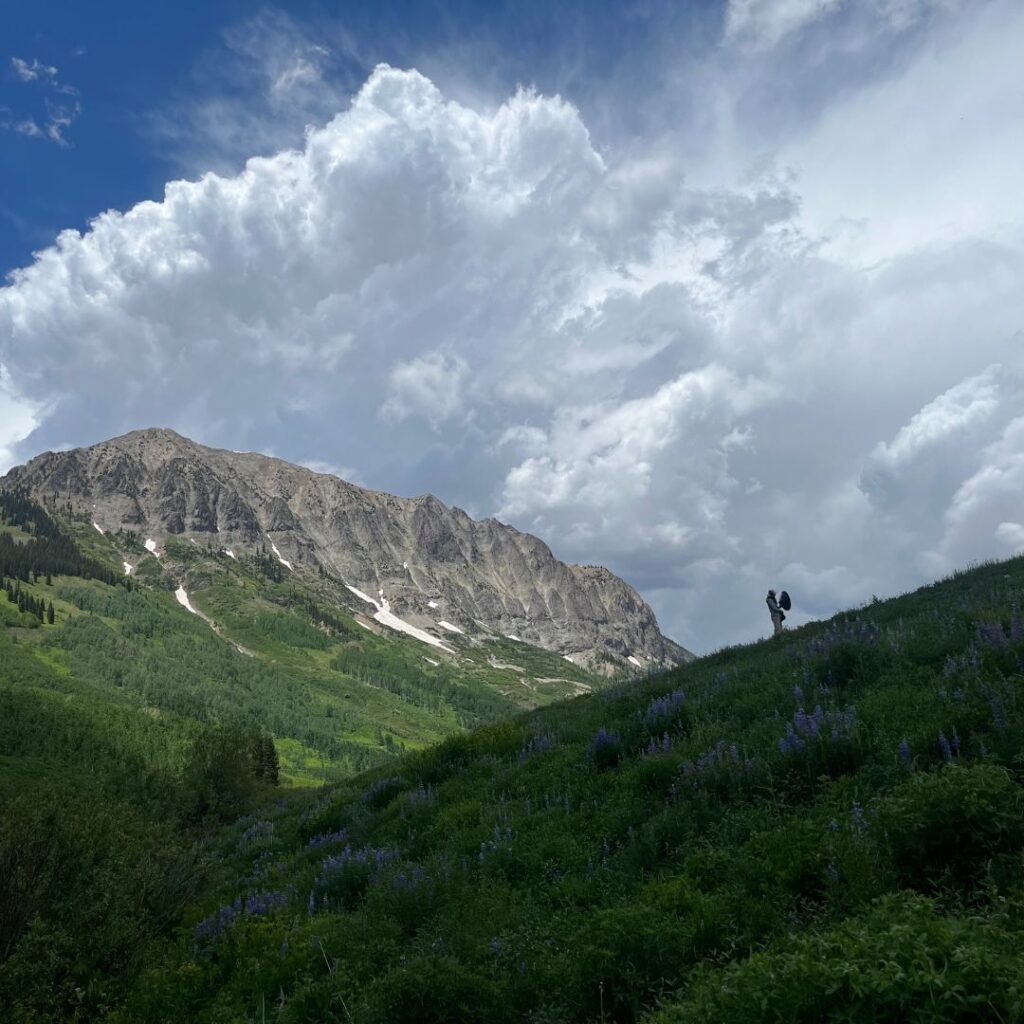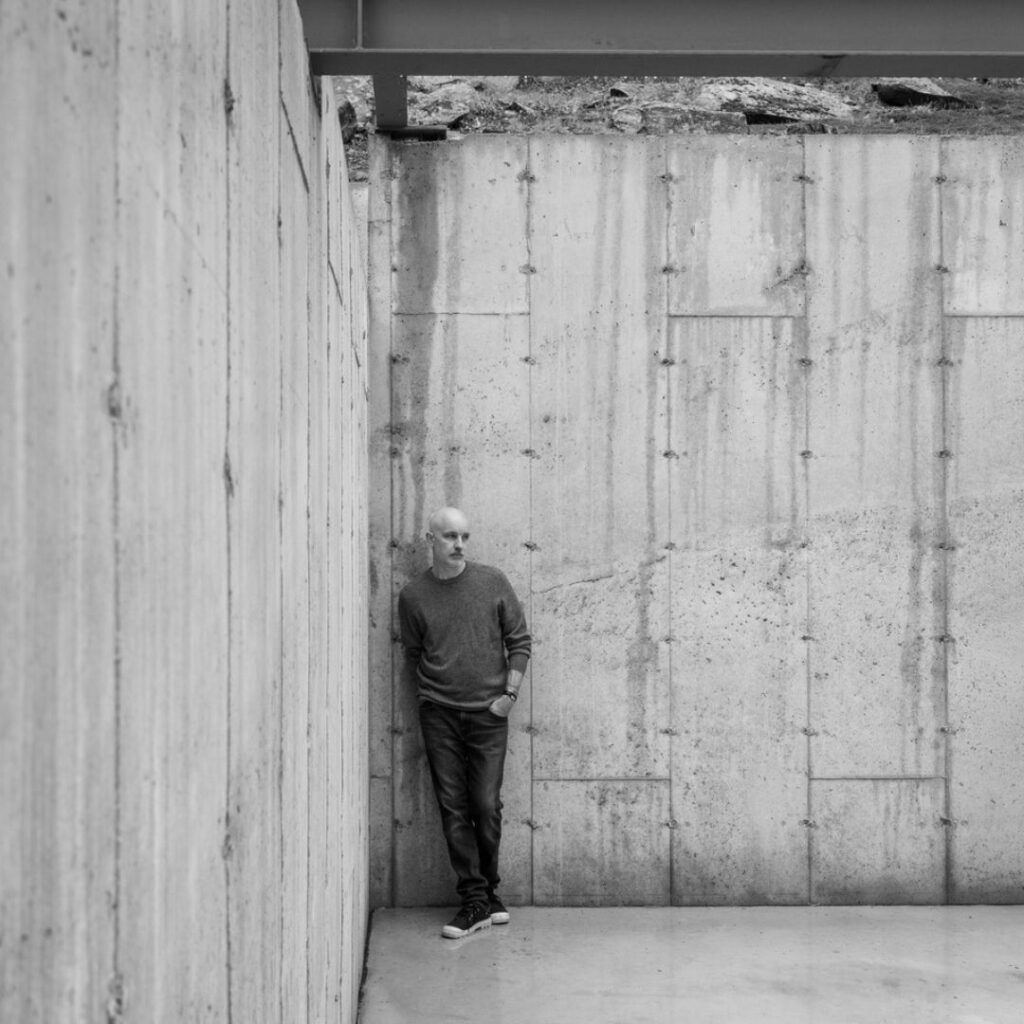bringing characters to life with park pardon
Park Pardon is the whimsical world and creative playground of Bloeme van Bon and Geran Knol. Born out of their shared fascination for bringing characters to life, it is a collaborative project that brings their individual styles together to form a new narrative across drawing, publication and sculpture.
Since their first project together in 2012, the duo has already made a 52-page riso-printed book, an installation titled ‘The Considered Cabinet of Deliberate Thoughts’, and more than 200 handmade one-of-a-kind papier-mâché masks. Working across different mediums that tend to fall between sculpture art and functional design, their prolific output in the last years is very telling of their inspiring drive.
Drawn to their vibrant and moody world, we teamed up with Park Pardon for a limited-edition series of 8 handmade papier-mâché masks inspired by the 8 moods we have in store. Titled ‘Stemmingswisselen’ which means ‘mood swings’ in Dutch, we feel it perfectly encapsulates the abstract expressions of their characters and the fleeting nature of our moods.
How did Park Pardon come about?
Bloeme: The idea kind of all started when we were both studying in Zwolle. Geran and I shared the same fascination for characters and sculptures, so Park Pardon grew out of that.
Geran: We both met in art school in the Netherlands back in 2010 and we decided to work together as Park Pardon for our graduation project. As we studied illustration, our original idea was initially to build a publishing platform for zines, but we ended up making life-sized papier-mâché figures that brought our drawings to life. Then, we both moved to Antwerp in 2013 for a master’s degree and we graduated again as Park Pardon. We did an internship at Afreux, a screen-printing atelier, where we made a book that became almost like a starting point for our master’s project. We made a big cabinet where we linked our drawings to sculptures.
Bloeme: Even though a lot has changed throughout the years, Park Pardon also changed with it.
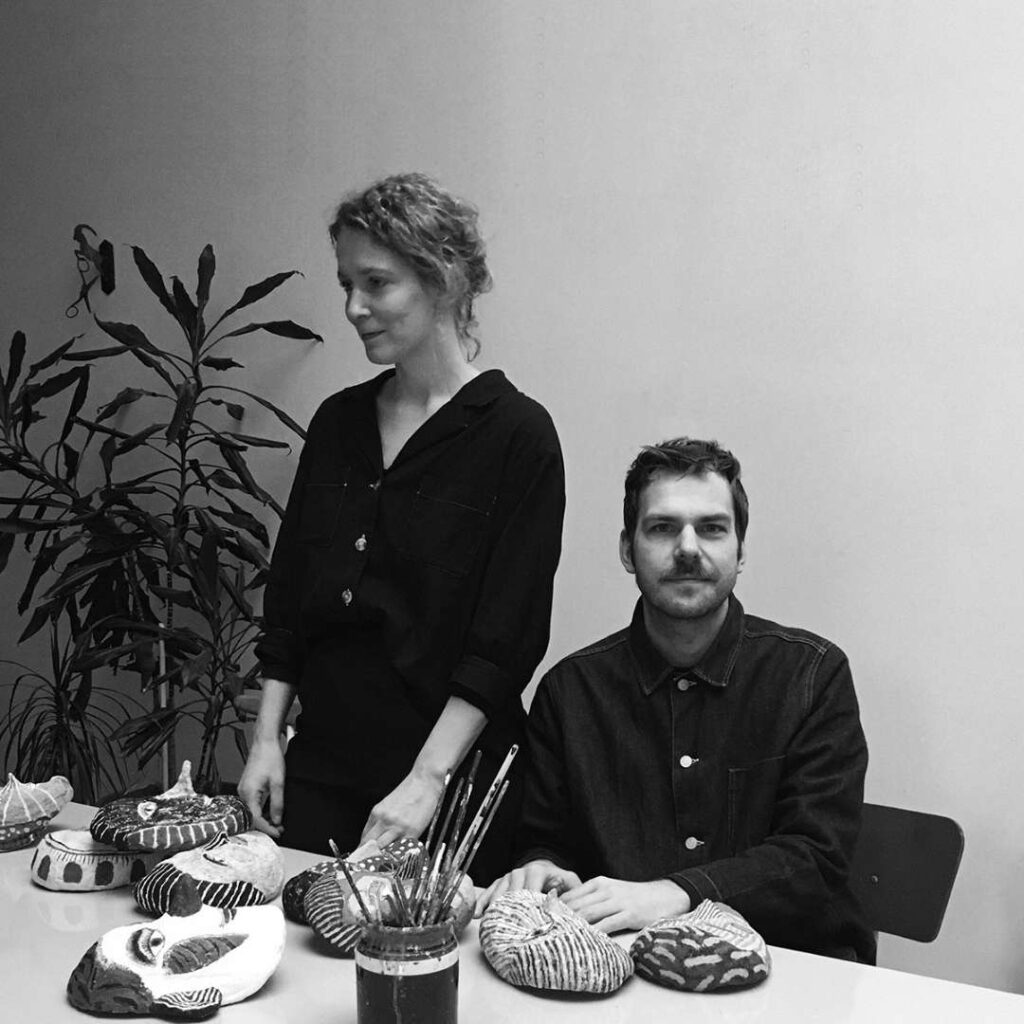
What inspired you to start creating masks?
Geran: The masks have always been there in our work, but just in a different way.
Bloeme: The first one we ever made was a commission for Wilder, the flower shop.
And why papier-mâché?
Bloeme: We’ve already been using papier-mâché for more than 10 years. Back then, it was just the easiest and also the cheapest way to create sculptures.
Geran: It was actually kind of looked down upon at that time, but we just embraced it. It’s a really easy material to work with and it’s lightweight as well. We also experimented with clay and other materials for our master’s project.
How do you approach the creation of the masks? How do you bring your characters to life?
Geran: We always start off with a Styrofoam mold, which forms the base of the mask. We make around 10 of them at the same time, so they all kind of look the same in the beginning. Sometimes, we give them bigger cheeks or give them some ears, but we never sketch it out and it just kind of forms organically.
Bloeme: They only really come to life when we start painting. Mostly, one of us starts with the base of the painting. it can be quite abstract to start with and that’s when the other person takes over. Sometimes we work together in the same room at the same time. But usually, we just transport the masks back and forth all the time, as we live just around the corner of each other.
Geran: Bloeme may start on a mask and then I erase some parts by going over it.
Bloeme: And then I’m like, ‘No, that was the good part.’
Geran: After two or three rounds of passing the mask around, it’s ready. We then smoothen the edges a bit and attach the metal hook and suede rope at the back, so you can hang it on the wall. And finally, we varnish it.
Cool that you really make all the masks together.
Geran: An outsider might not really see that two different people made it, but I can really tell if something is made by Bloeme or myself. For the book we’ve made, even if it was already six years ago, I can still tell with every page which drawings I have done, and which ones are made by Bloeme. Between the both of us, Bloeme has a painterly hand, while I’m stricter with the lines.
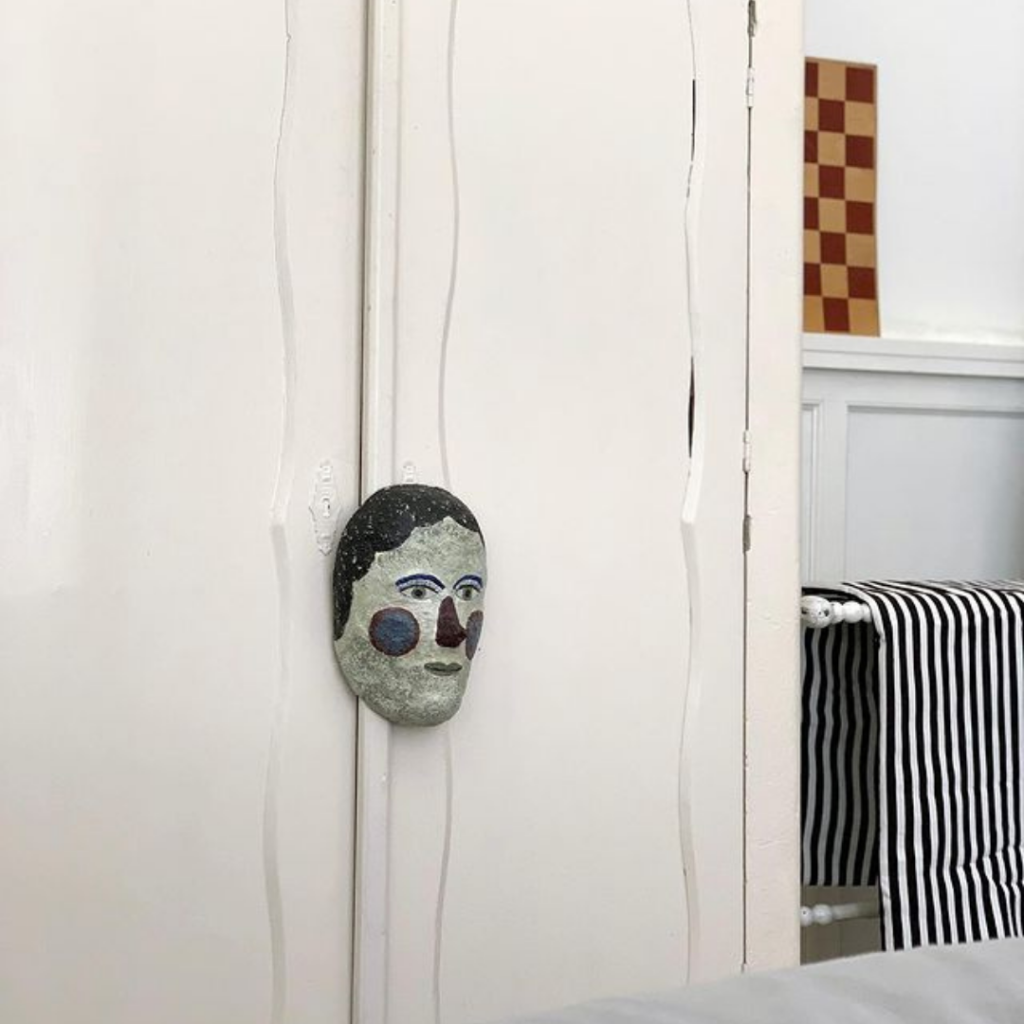
Do you ever find yourself falling in patterns or is it easy to always come up with a new character?
Bloeme: There are so many faces you can make. Everybody has a different face, so it’s really easy for us to just keep on making new ones.
Geran: By now, we probably made over 200 masks, so we kind of start seeing similarities. But even if you just change the colors, it comes out very differently.
Wow, that’s a lot of masks. Have the masks changed a lot since you first started making them?
Geran: If you look at the archive on our website, you can tell which ones are older by the size of it. The smaller the mask, the older it is.
Bloeme: Two weeks ago, we actually got back a mask we made for Wilder and we were just laughing at how small and clumsy it is. I do sometimes miss the naivety of it, though. The clumsiness of it can also be very charming too.
Out of all the masks you make, do you have favorites?
Geran: We do have some favorites. But if we really like them, we mostly just make their brothers and sisters.
Bloeme: We never kept a mask we’ve made. We really like the idea that the masks are in someone else’s home. And we will still always have the pictures and the memory.
Do you ever feel the need to explore other mediums in order to express the characters?
Geran: We’d like to add a functional element to the masks. We are totally not product designers, so that gives us a fun challenge to think about. That’s why it was a really nice next step to work together with you guys because we’ve already been thinking about it for a while now and our project together is really the first functional application of the masks.
Bloeme: We also have a lot of ideas and fantasies about making the characters move and come to life even more. It would be nice if we could integrate a music clip to it or add some sort of animation to really take it to the next level.
Geran: We also recently did a larger mask for an antique store in Antwerp using a big table lamp as a mold, so it would be nice to make them larger too.
Bloeme: In general, we really want to approach the masks as a product. We don’t consider it as art, so we also made the decision not to exhibit our masks as we would with our paintings.
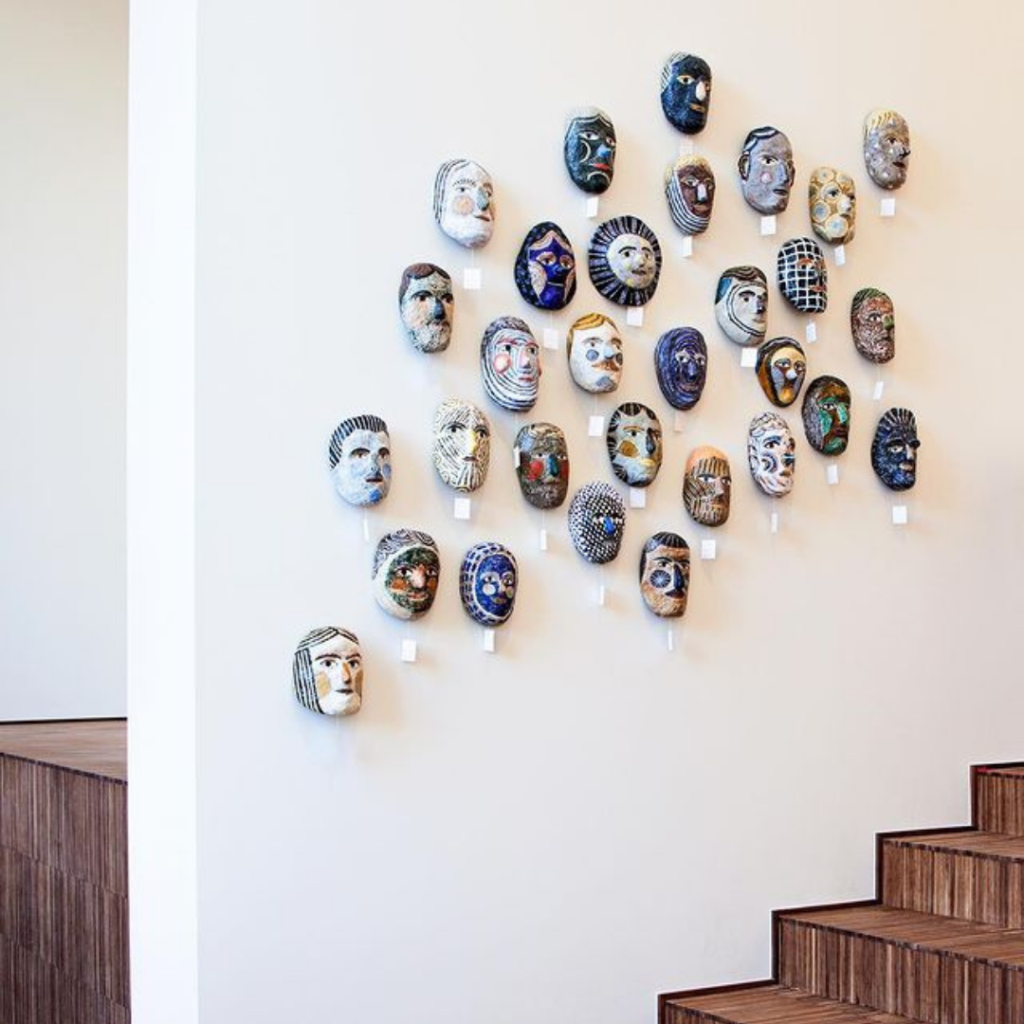
Speaking of music, what role does it play in your art or life?
Bloeme: Unlike Geran, I don’t make music, but music plays a big role in my life. I have a lot of records and I listen to them a lot. I also have a side project called ‘Ludittes’, which I’m doing together with a friend of mine and our next release is going to be a cassette. We are not making the music ourselves, but we’re really developing the music together. That sounds a bit weird maybe, but for every release we do, we make just one vinyl copy each time. I also then make some sort of an art object from it.
Geran: I always think I have three personalities: my own art, Park Pardon and the music I make with Oval Angle. Sometimes I really wish everything was kind of one big piece of work, but I also like having these different personalities too.
And how do you combine Park Pardon with your individual practices?
Bloeme: The nice thing about working together on Park Pardon is that it’s a mix of both Geran’s work and my work. Geran does things I would never do and the other way around. We always have a lot of fun doing it, as we’re also best friends too, but it’s also been a struggle for us to find enough time and space to combine it with our own individual projects. That’s been a really big challenge for us in the past. Even today, we are still looking at how we can make enough time and space in our minds for it.
Geran: Park Pardon is also an on-and-off project for us and it has happened in the past that we just stop doing it for a while to focus on our individual work. We’ve both been really focused on Park Pardon the last two years, but it could very well be that we take a break and restart again after a few months or years.
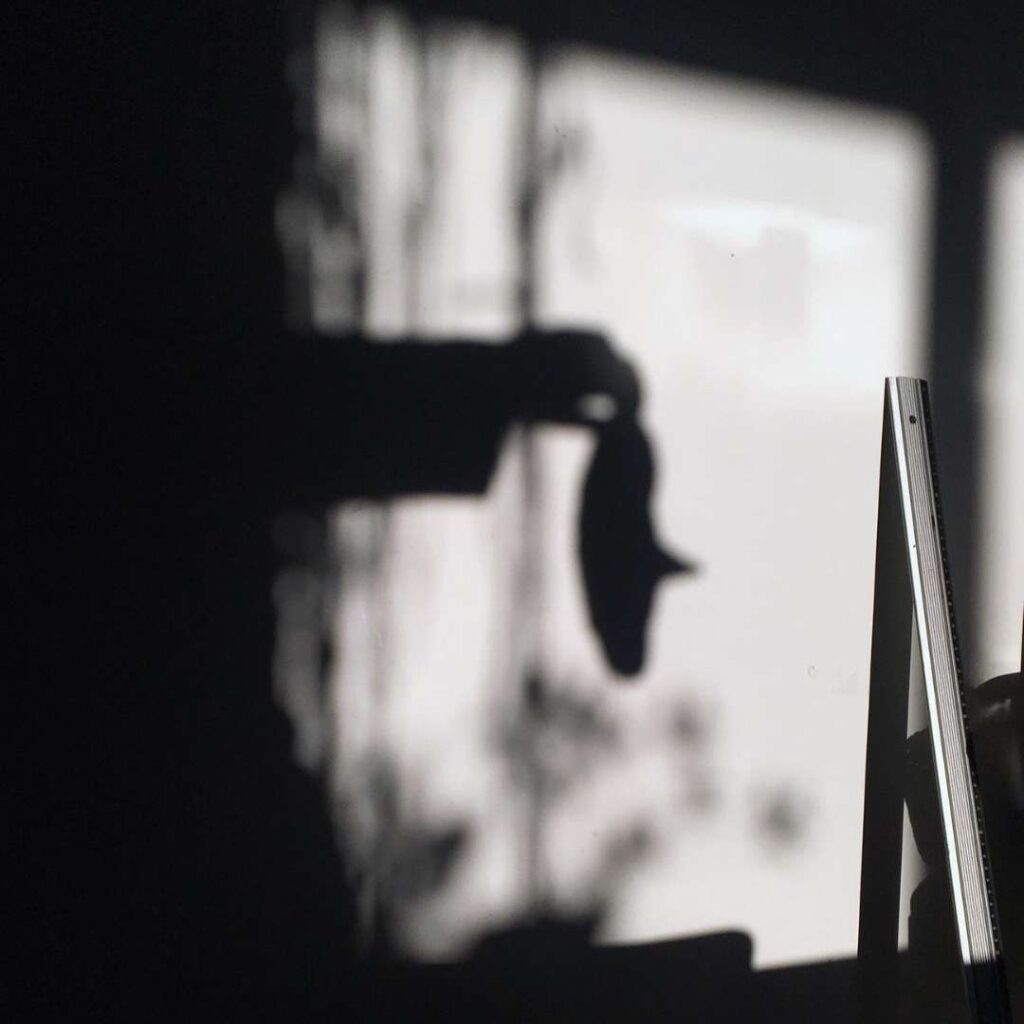
Do you approach your own work differently as you do with Park Pardon?
Bloeme: With my own work, I really need a few days to get into the mindset of creating. I can always work on Park Pardon, even if I don’t feel creative.
Geran: That’s true. There’s always something to do with Park Pardon, as we do everything ourselves, from maintaining the website to the packing of the masks. Park Pardon is also for me a really nice way to let go of my personal tendencies for perfection. As there are two people involved in the collaboration, there is more freedom in it. I can let go of certain things. For myself, I would never use bright colors for example, but there is no restriction with Park Pardon.
Bloeme: It’s a playground for us where we can do anything. It’s our practice ground to experiment and try new things.
How do you see Park Pardon evolving in the next few years?
Bloeme: It just evolves naturally and organically. We’re not really planners and we don’t really have a plan as to what’s next, but I still wish in the future to do something more with the masks to bring them even more to life.
Geran: I would also really like to make animations for children that adults can also enjoy. But whatever happens, I see Park Pardon as a project that we will do next to all the other things that we do both together and separately.

